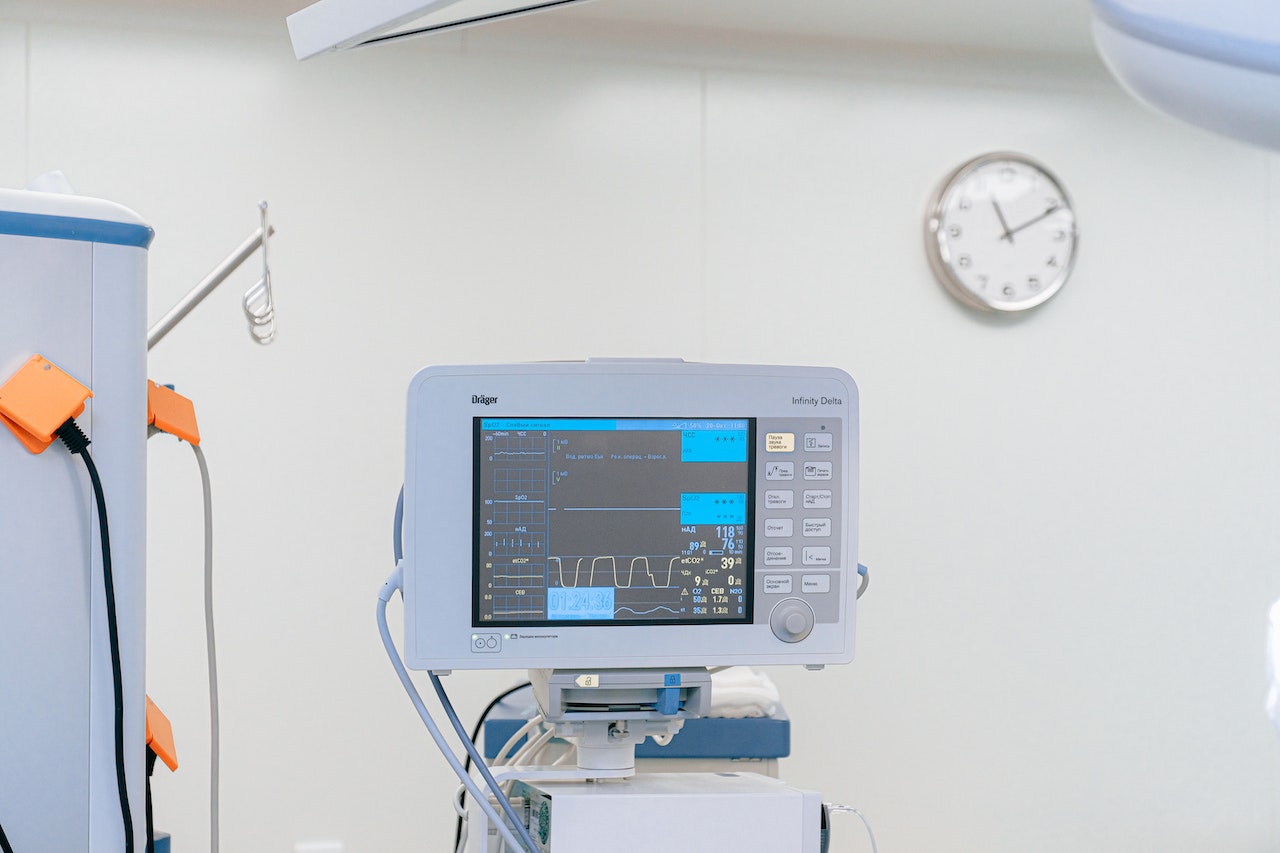As many as 1 in 7 beds in the United Kingdom are occupied by patients who are fit for discharge, with the number going as high as 1 in 4 in some parts of the country. Bed blocking is a phenomenon whereby patients who initially came into hospital for a different reason are still in inpatient beds because the nature of their conditions means that they have complex outpatient care needs or don’t have a spot in a receiving nursing home. Crucially, this costs the NHS money, but does indeed have consequences for those patients who have to remain on the ward – particularly with community acquired infections which in some cases may cause fatal illness (MRSA, Coronavirus). It’s projected that around £5 million a day is spent on bed blocking.
Delayed discharge has increased rapidly over the last decade, with numbers of 114,000 a month in 2012 to more than 200,000 in October 2016 seemingly going in one direction. In the late months of 2019 before the coronavirus pandemic, 148,000 delayed days were recorded in England alone, 15% higher than the same year on year. With the news last week that A&E departments have ambulances queuing into the waiting rooms and patients being treated for more than half a day in an ambulance, today is as good a time as any to delve into the nuance of the issue.
Bed blocking has fatal consequences for some patients who must wait for specialist medical attention or surgery and cannot be admitted to a bed in the hospital, with patients sleeping overnight in ambulances or in hospital corridors. Some elderly patients who were admitted for a hip fracture have had lengthy waits in A&E and then weeks or months in inpatient beds as social care teams rush to try and organise a destination for the elderly person who now has complex needs. Of course, this became crucial during the acute phase of the coronavirus pandemic, with patients admitted for relatively benign infections acquiring coronavirus from other patients in the ward and subsequently passing away.

The Guardian recently investigated this issue with a number of shocking vignettes from patients young and old and their family discussing their experience on the wards, “My mother is 91 and has an Alzheimer’s diagnosis. She was admitted to Worthing hospital on 30 May after a minor fall. She was a bit confused but otherwise unhurt, just a bit shaken. Whilst in hospital, she caught Covid (sic)… she was declared medically fit to be discharged but no residential bed could be found for her”. The worst trust for bed blocking in the country is the Northern Care Alliance NHS Foundation Trust, with more than 92% of their beds currently blocked and unavailable to new patients. For patients who are being treated by a multidisciplinary team, the administrative task of getting all doctors to sign off on the patients discharge is yet another barrier to discharge, as some doctors might disagree and emphasised the patient is not at discharge eligibility in their discipline.
When one considers a hospital bed for an overnight stay costs the taxpayer £400 a night, looking at the scale of this crisis on a meta scale begins to paint a picture of the sheer scale of the problem. Arguably, if the patients medically fit for discharge had somewhere to go, there would be a decrease in the need to fund patients in long term inpatient beds and therefore the funding allocations could go elsewhere. It’s a demonstration of how all of the services are supposed to triage and fit together like portions of a pie chart, but dysfunction on all levels has brought the service to its knees.
A new solution taking hold in some parts of the country this year are virtual wards, whereby patients can be monitored by regular check ins from multidisciplinary teams, allowing elderly people with less severe injuries to access care from their place of residence. This not only clears up an estimated 7,000 hospital beds for serious patient injuries, but reduces the incidence of water infections, further falls, increased frailty and community acquired infections. Some patients may not be able to access this service, but those who do can benefit from being in the comfort of their abode, given they are discharged after a couple of days from inpatient care and usually have a rapid exemption to come back to the hospital ward should their condition worsen. The recent care package in the Autumn Statement from Jeremy Hunt is promising £3.3 billion in the next two financial years for NHS England. With a service on its knees, it’s unlikely throwing money at the problem will solve it, but it’s hoped some of the cash could begin to be used for ground breaking artificial intelligence programs which give doctors medical decisions on discharge. The trial of virtual clinics which are underway this winter will be vital, for doctors and NHS England alike with all fingers crossed that it is successful, safe, and that patients feel supported. Just in that tactic alone, England will likely have 12,000 extra hospital beds to offer the most unwell patients this year and hopefully begin to douse the flame of A&E and ambulance queues.
